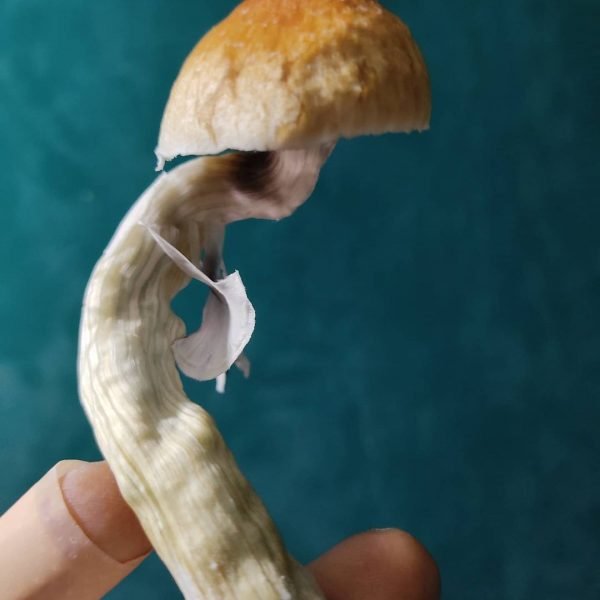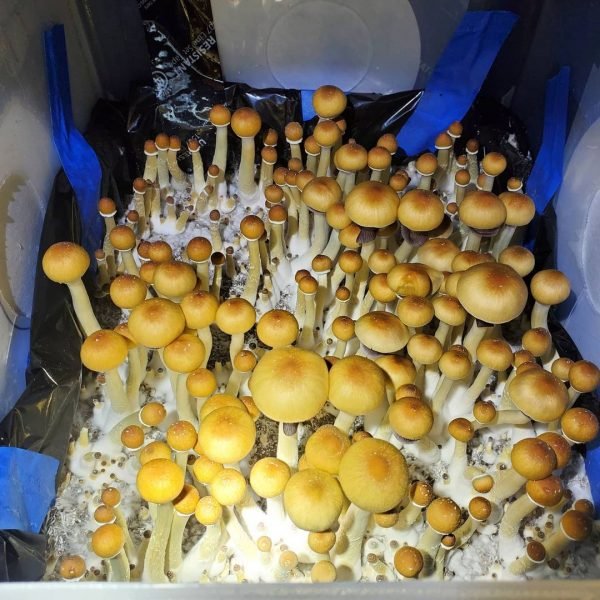Description
Introduction to Keepers Creeper Mushrooms
Keepers Creeper Mushrooms, also known scientifically as Mycena chlorophos, are a captivating species of fungi that have garnered attention for their unique characteristics and ecological roles. Found primarily in shaded, humid areas such as forests and woodlands, these mushrooms are not just aesthetically pleasing but also hold significant value in the ecosystem. In this guide, we will explore their features, habitat, uses, and essential tips for foraging responsibly.
What Are Keepers Creeper Mushrooms?
Keepers Creeper Mushrooms are small, delicate fungi that typically feature a conical cap with a distinctive greenish tint.People often mistake them for other types of mushrooms because of their size and appearance, but their luminescent qualities make them stand out in the right conditions. The bioluminescence shines particularly bright in the dark, adding an enchanting glow to the forest floor.
Identification of Keepers Creeper Mushrooms
For those interested in foraging or studying these Mushrooms, it’s crucial to identify them correctly:
- Cap: The cap is usually between 2 to 5 cm in diameter, conical to bell-shaped, and features a greenish hue that can sometimes appear almost translucent.
- Gills: The gills are free from the stem, thin, and closely spaced, with a pale color that can darken with age.
- Stipe (Stem): The stem is slender and typically ranges from 5 to 10 cm in height, often exhibiting a slightly curved shape.
- Spore Print: A spore print taken from a fresh specimen will reveal white or pale spores, aiding in proper identification.
Habitat and Distribution
These Mushrooms thrive in humid, shaded environments where decaying organic matter is present. They are often associated with decayed wood or leaf litter, playing a crucial role in the decomposition process within their ecosystems. Primarily found in temperate forests, these mushrooms are distributed across various regions but are especially prevalent in moist woodlands.
Culinary Uses
While many mushrooms are prized for their culinary value, Keepers Creeper Mushrooms are not typically consumed due to their small size and mild flavor. However, their unique bioluminescent properties make them a fascinating topic of interest for chefs and food enthusiasts looking to create visually stunning dishes or experiences.
Ecological Importance
Keepers Creeper Mushrooms contribute significantly to their ecosystems. By breaking down organic matter, they help recycle nutrients back into the soil, supporting the growth of plants and other organisms. Their role in the food web also provides sustenance for various woodland creatures, further illustrating the interconnectedness of forest ecosystems.
Foraging Tips for Keepers Creeper Mushrooms
If you’re considering foraging for Keepers Creeper Mushrooms, it’s essential to follow these responsible practices:
- Educate Yourself: Before foraging, take time to study and familiarize yourself with Keepers Creeper Mushrooms and any look-alikes to avoid misidentification.
- Location Awareness: Always forage in known, safe areas where mushrooms have not been treated with pesticides or pollutants.
- Harvesting: Use a knife to carefully cut the mushrooms at the base, minimizing the impact on the surrounding habitat.
- Sustainability: Only harvest what you need and leave enough behind for wildlife and future growth.
- Regulations: Familiarize yourself with local laws and regulations regarding foraging to ensure you are following guidelines.
Conclusion
Keepers Creeper Mushrooms are a remarkable species that illuminate the beauty and complexity of our natural world. If you love foraging, nature, or mushrooms, learning about these fungi boosts your appreciation for ecosystems. Always forage respectfully. Commit to sustainability so future generations can enjoy these wonders Keepers Creeper Mushrooms.
Keywords for SEO
- Keepers Creeper Mushrooms
- Mycena chlorophos
- Bioluminescent mushrooms
- Mushroom foraging
- Fungi identification
- Ecological importance of mushrooms
- Culinary mushrooms












Reviews
There are no reviews yet.